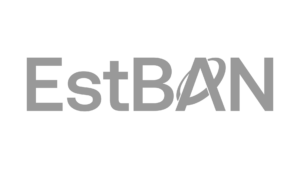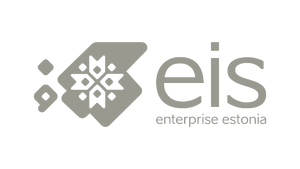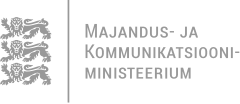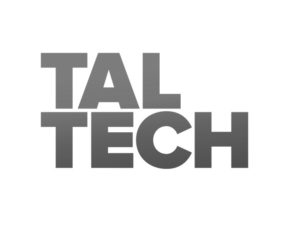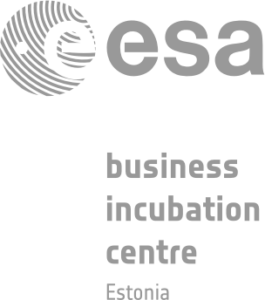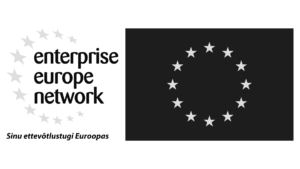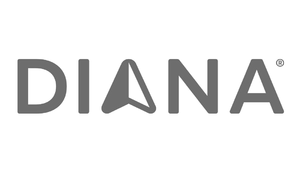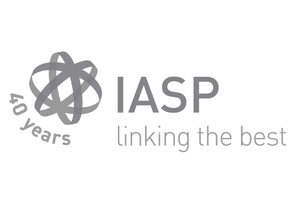29.05.2023
Assessment of health technologies – a precondition for innovation
Innovative technologies have great potential to transform healthcare but must be carefully tested. Cooperation between Tehnopol Science and Business Park, Connected Health Cluster and TalTech has helped to solve this challenge. This article was originally published by e-Estonia.
A tool that accelerates innovation
The health technology sector contributes to increasingly personalised and user-oriented healthcare, creating new, cost-effective, scalable services and solutions. But achieving such innovations is difficult.
“Both regulatory and technical standards of health technologies are high. New prevention, primary and specialist technologies must be evidence-based like all other Western medicine. This makes innovation in the health sector more time-consuming than in other fields,” says Piret Hirv, head of Tehnopol’s health technologies field and Connected Health cluster.
To meet these challenges, TalTech is developing a health app evaluator tool in cooperation with the Connected Health cluster led by Tehnopol and co-financed by the joint agency of EAS and Kredex. The tool gives both individuals, healthcare workers and application owners an overview of the security, evidence-based and interoperability of digital solutions used in Estonia.
“The creation of the tool was given a strong impetus because, at the beginning of Covid-19, various solutions and applications appeared on the market quite quickly. At the same time, evaluating or validating whether these created applications are good and useful was not easy,” says Riina Hallik, e-health lecturer at TalTech’s e-Medicine Center.
The evaluation is carried out based on a standardised methodology, where all critical aspects of the application are thoroughly analysed in cooperation with the owner of the application. The three most important aspects are treatment outcomes, cost-effectiveness, privacy, and security. Aspects related to digital technologies, such as compatibility with databases and other services, are evaluated separately. The assessment is done by highly qualified specialists from medicine, technology, and law.
Nordic quality
The health app evaluation tool is based on a methodology agreed upon in the Nordic Interoperability Project (NIP) framework. The NIP brings together the joint efforts of five European countries (Denmark, Finland, Norway, Iceland, and Sweden) to solve the industry’s health technology assessment bottlenecks. The ambitious vision is to make the Nordic countries the world’s most integrated region for implementing and using health technologies. As part of this, the Nordic Digital Health Evaluation Criteria (NorDEC) was introduced, which in brief, is a set of uniformly agreed standards for digital health technologies. Based on the best international practices, criteria have been agreed on for five areas that ensure quality (including data and privacy, security, usability and accessibility, interoperability, and clinical evaluation).
According to Ms Hallik, the currently ready application is scalable, and its broader adoption in Estonia depends on further cooperation within the sector.
Pan-European ambitions
At the same time, the creators of the application also contribute to international cooperation. Ms Hallik participates as an Estonian representative in the European Taskforce for Harmonized Evaluation of Digital Medical Devices (DMDs), aiming to create a pan-European harmonized evaluation base.
The existing categories – level of clinical trials, interoperability, security and privacy – will remain in the European tool, but the plan is to improve it.
“To help small and medium-sized enterprises, we are creating a real-world guide on securing funding after obtaining the CE mark through research conducted with correct methodologies,” says Ms Hallik.
The tool is an excellent example of how cooperation between the private and public sectors is necessary for innovative solutions to reach users.


